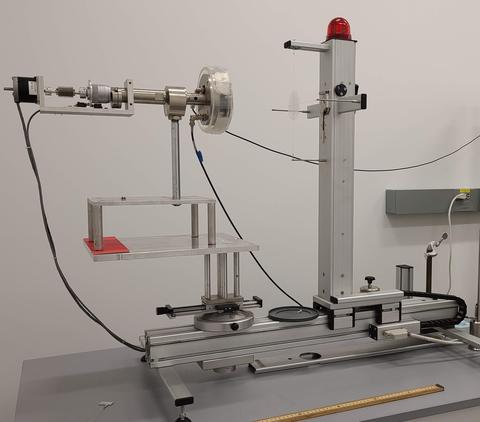Calibration Services: Beta-Particle Sources and Instruments for Radiation Protection
Summary
NIST calibrates certain user-owned encapsulated beta-particle sources and certain standards laboratory transfer instruments for applications in radiation protection. This work was undertaken in response to the need of the radiation-protection community for better calibrations of beta-particle survey instruments and dosimeters.
The physical quantity of interest in radiation protection is the absorbed dose rate to tissue. For the application in radiation protection, absorbed dose rate to tissue may be set equal to absorbed dose rate in water. Therefore, source calibration results will be reported in terms of absorbed dose rate to water at a fixed source-to-detector distance. Instrument calibration results will be reported as calibration coefficients, the quotients of absorbed dose rate to water and the corresponding instrument reading.
Description

The NIST facility for carrying out beta-particle measurements for radiation-protection purposes consists of: a second-generation beta-particle secondary standard system (BSS2) which includes a set of well-characterized beta-particle sources (Sr-90, Kr-85) covering a wide energy and dose-rate range, and an extrapolation ionization chamber suited for the determination of absorbed-dose rates to water at distances from the beta-particle sources appropriate for the study of radiation-protection instruments. This extrapolation chamber provides an absolute measurement of dose rate in a medium.

